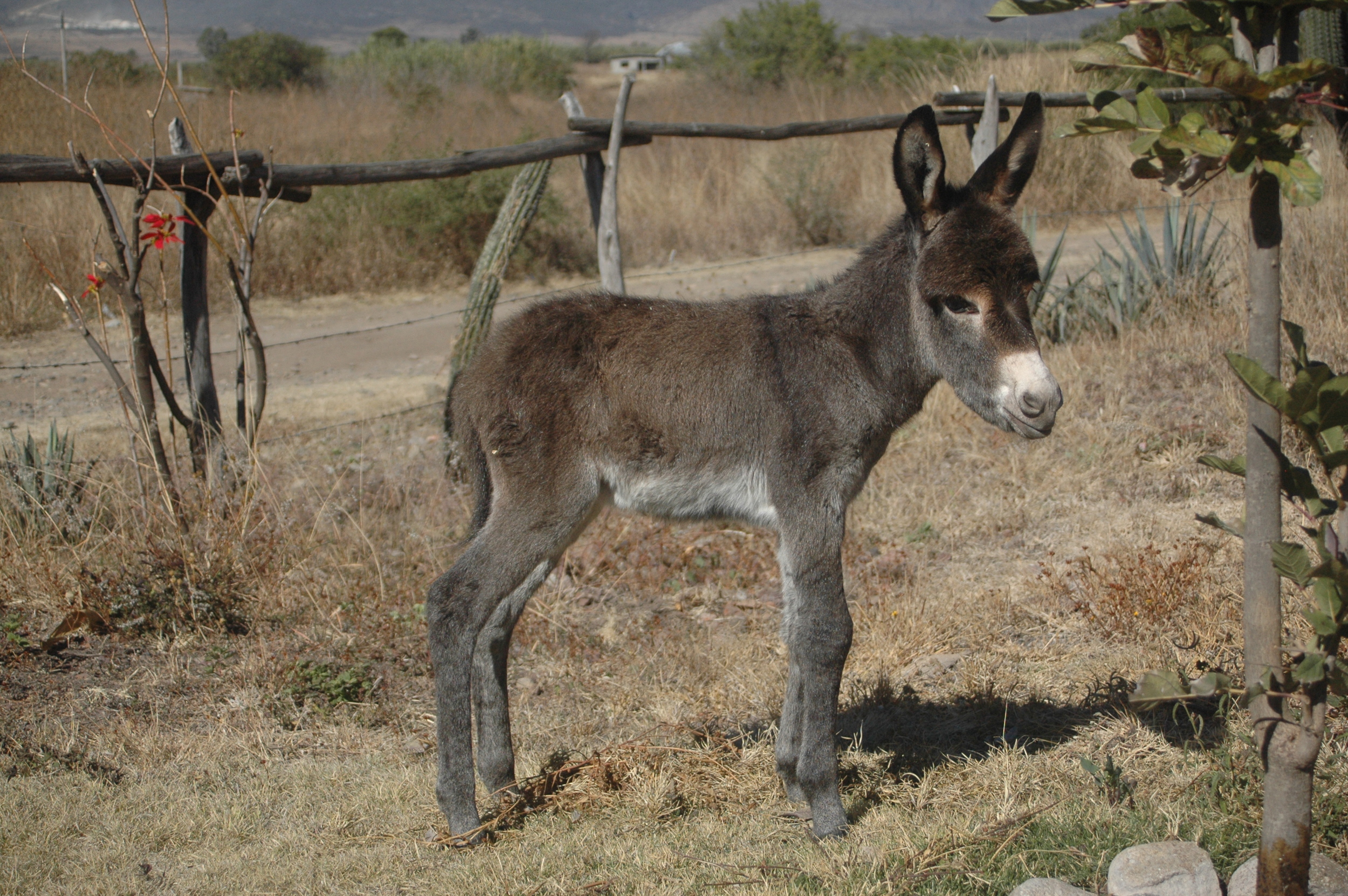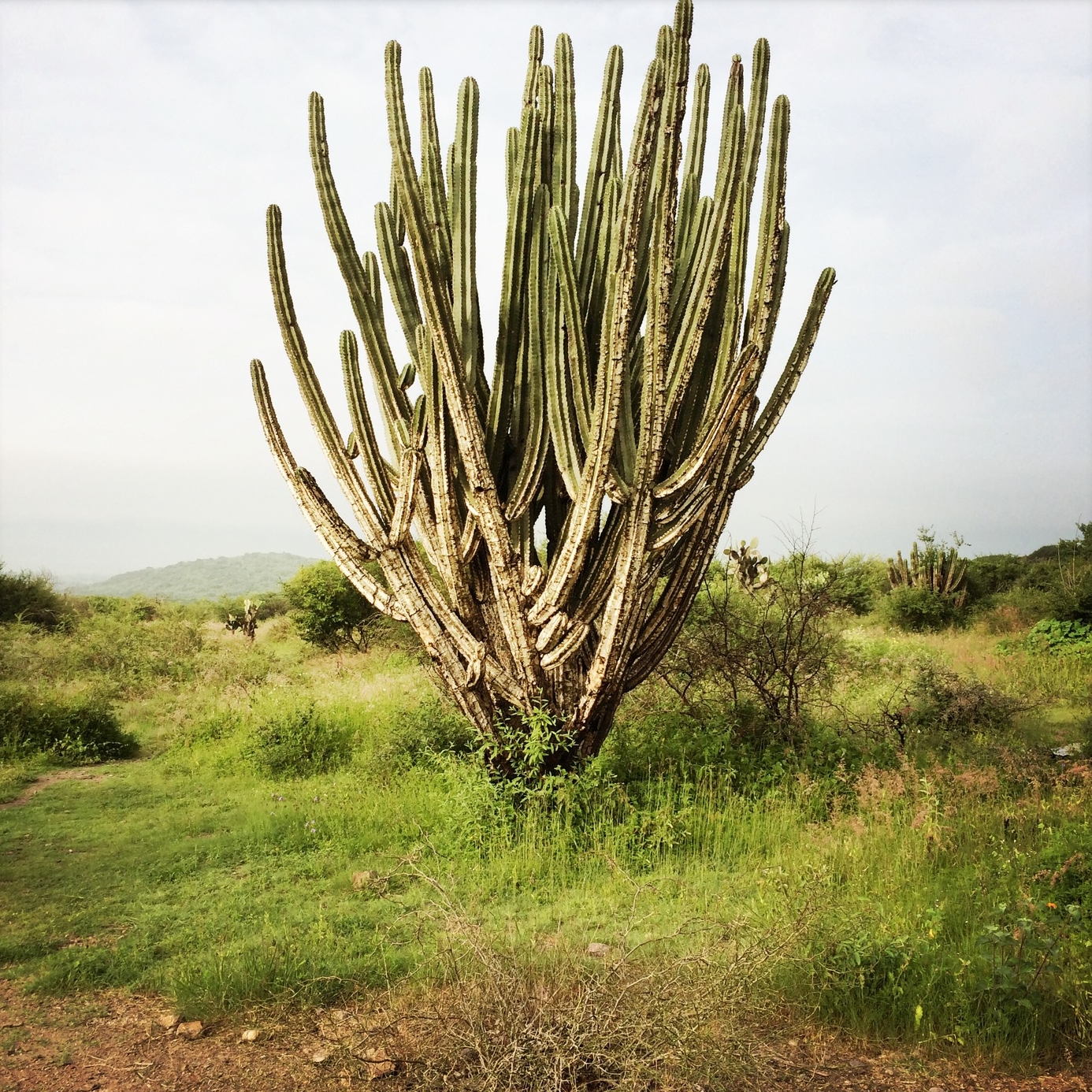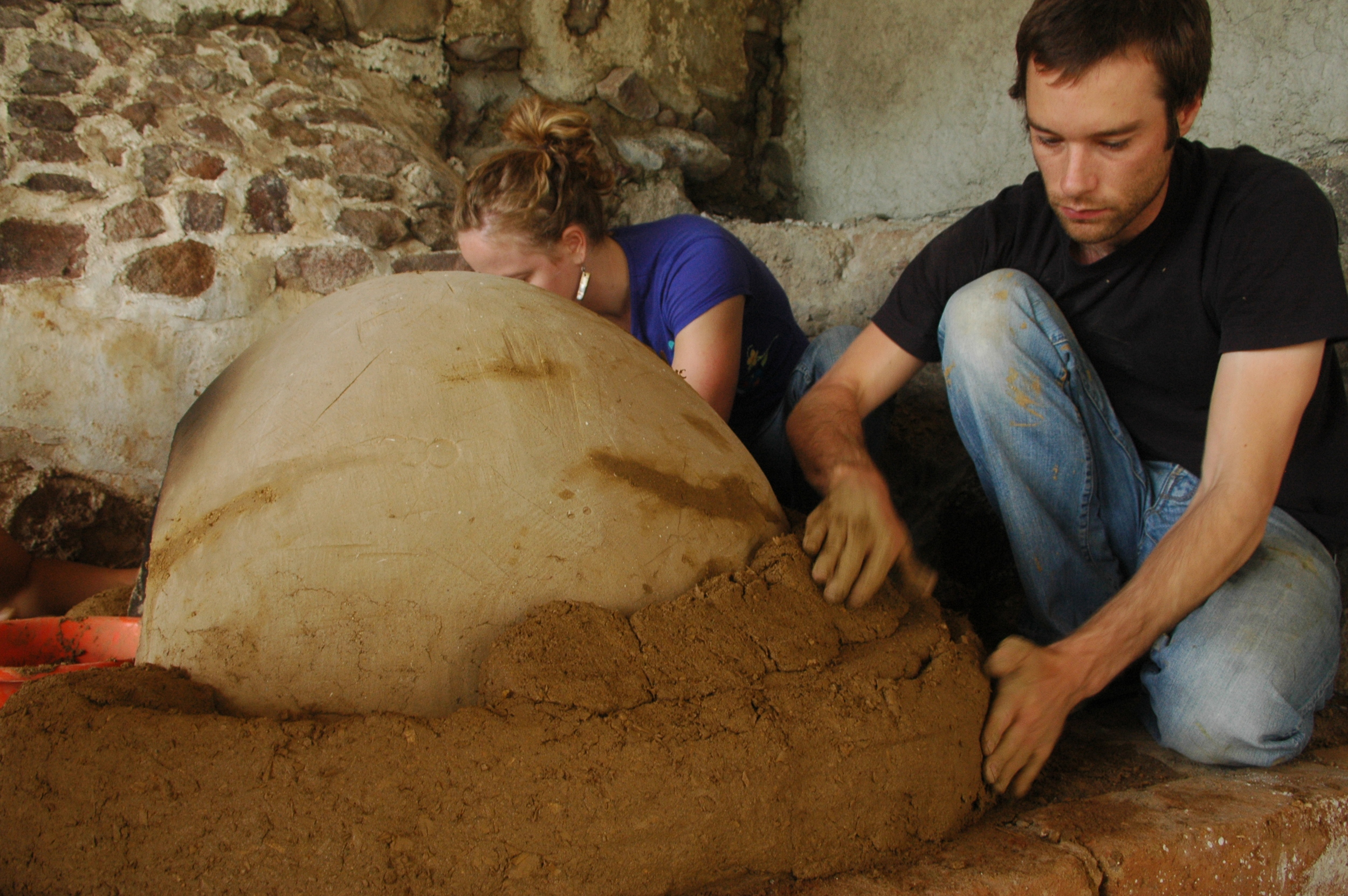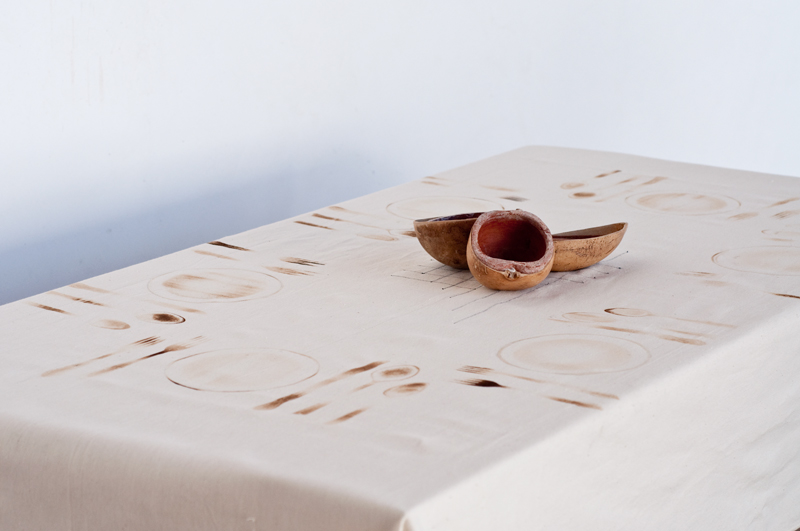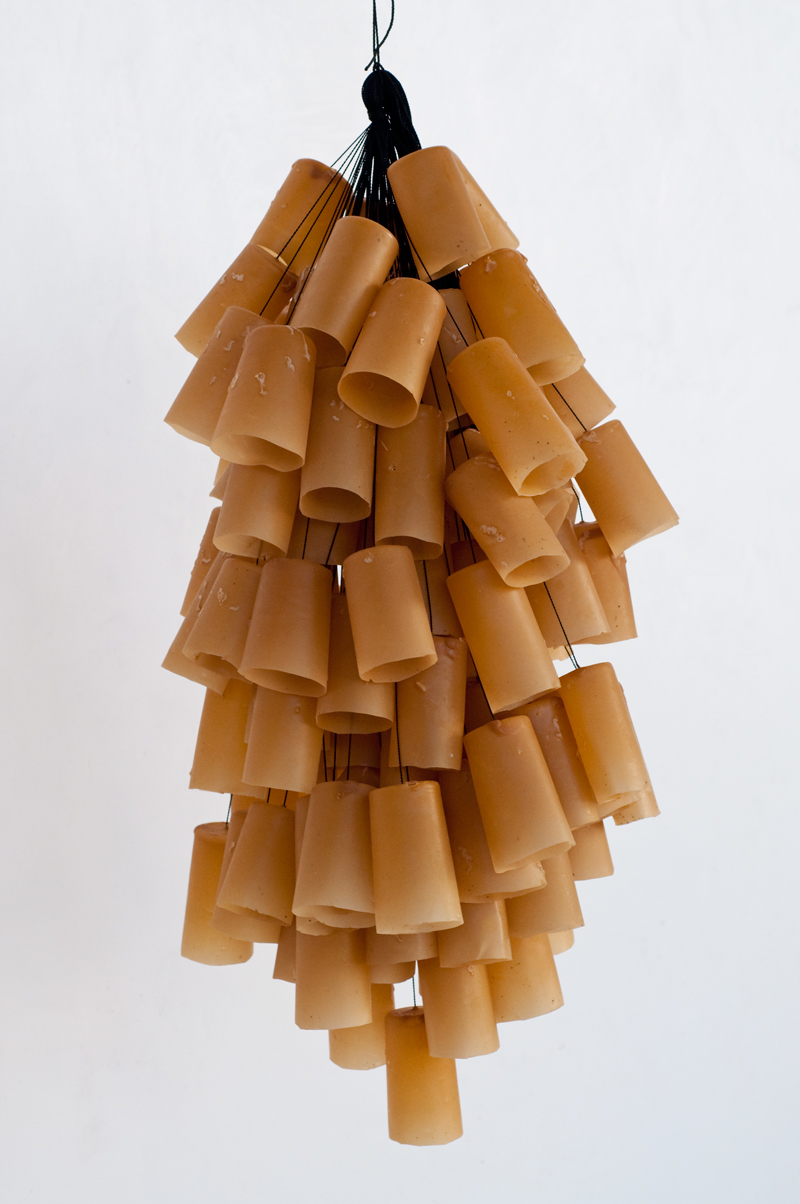There are three phases to the
Oax-i-fornia workshop:
phase I – immersion
The Immersion phase brings participants into close contact with Oaxacan culture and provides them with an opportunity to acquire basic visual, cultural, and historical knowledge of their surroundings. The ex-hacienda de Guadalupe serves as our home base, where students and artisans alike give a short presentation to build the understanding of a shared ground of making. This form of introducing oneself also makes cultural similarities and differences explicit, which serves as the first step towards collaboration. During this phase, guided tours and outings immerse students in Oaxacan culture and history. Students end with a three-day stay in their respective artisan’s village. At this point, artisans are reinforced in their role of “masters” as they teach the process of their craft to the team in a mentor-apprentice environment.
phase II: experimentation
Centered on an experimental workshop, this phase is based on the premise of play as a generative practice. Artisans and students work together exploring materials and novel forms of making within a supervised academic context that helps create a level of professional connection, a complement to the personal encounter of the week before. Lectures on the history of Oaxacan crafts supplement the play workshop, providing the context of the artisanal materials, as well as offering an experimental perspective in order to explore the boundaries of material, form and technique.
phase III: production
In the final week of the class, each team concentrates on bringing the results of their experimentation into finished pieces, a process that engages all participants and often includes extended members of the artisan’s family. At the workshop’s conclusion, the results are presented in a public exhibition. For both students and artisans, the exhibition often marks the first time their work has been shown in a curated gallery setting.
personal work
Throughout the workshop, students are asked to reflect on their personal experience in the form of writing pieces and the creation of site-specific and site-generated work. Often times powerful expressions of individual experience, these pieces are not only reflections of the students’ talents and interests, but can be sophisticated accounts of their encounter with cultural difference and invariably new perspectives on themselves.






